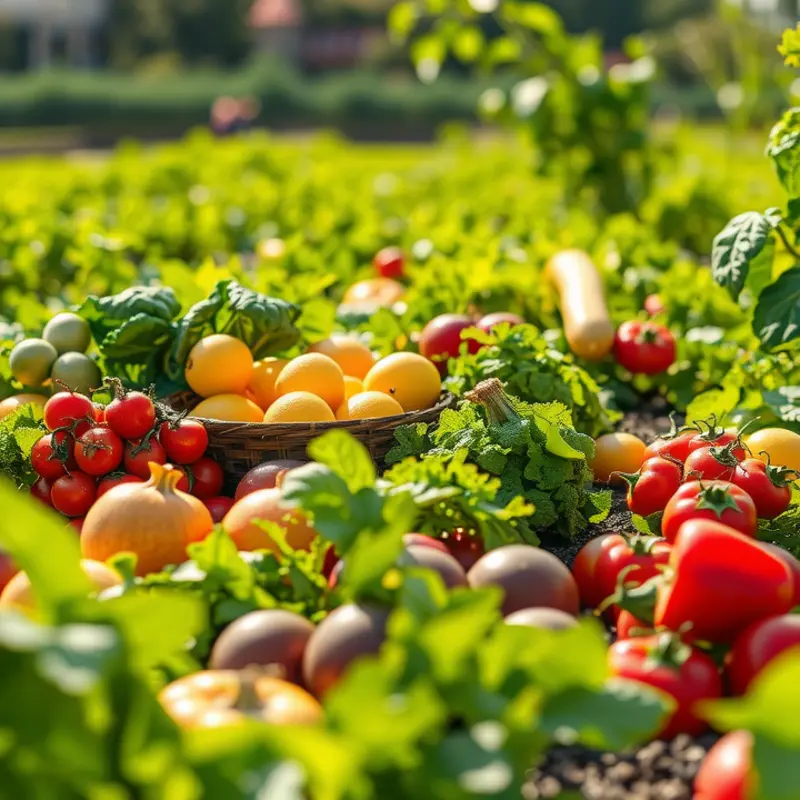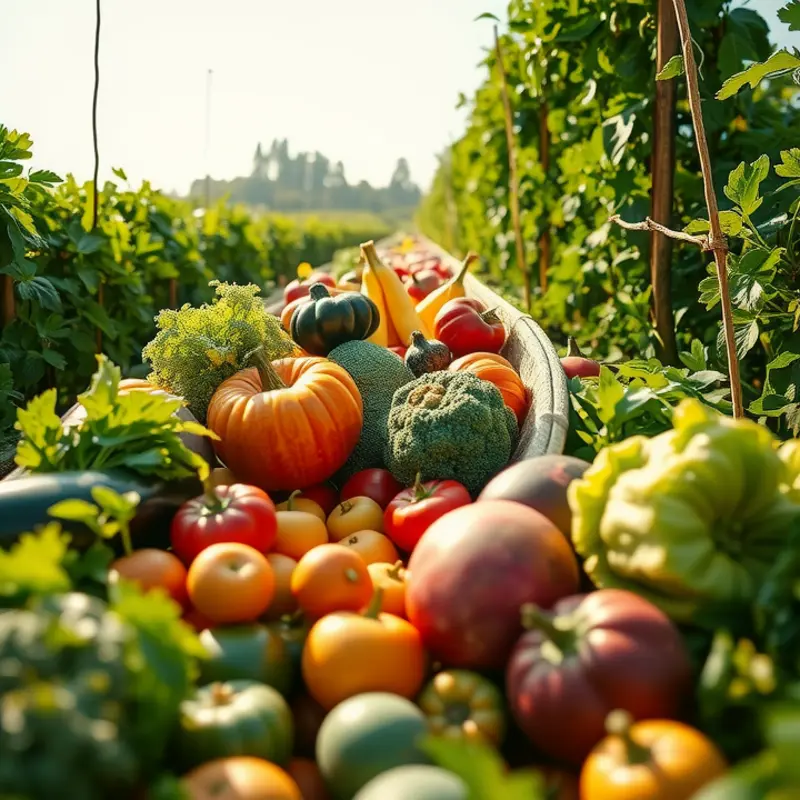Mastering the art of sauce reduction can elevate any dish. Whether you’re an ambitious novice or a seasoned home cook, knowing how to reduce sauces quickly opens new dimensions in flavor and presentation. From enhancing your everyday meals to impressing guests, these techniques are straightforward and effective. Let’s dive into practical methods that will streamline your cooking process and enrich your culinary repertoire.
Instant Techniques for Rapid Reduction

Reducing sauces quickly without sacrificing flavor is an essential skill in any kitchen. To achieve this, you must understand both the physical and chemical elements at play. This chapter will delve into practical techniques to expedite sauce reduction effectively.
Begin by choosing the right cooking vessel. A wider pan increases the surface area, allowing more evaporation. This simple choice accelerates the reduction process significantly. Always opt for the widest pan that suits your stovetop to maximize efficiency.
Next, consider adjusting the heat setting. High heat can speed up reduction, but there’s a risk of burning or losing essential flavors. Start with medium-high heat and observe the sauce carefully. Stir frequently, ensuring the sauce doesn’t stick to the pan or develop unwanted flavors. Gradually increase the heat if necessary, but maintain constant vigilance.
Ingredients also play a crucial role. Introducing elements like alcohol or acids such as vinegar and citrus juices can not only enhance flavors but also aid in breaking down sauce components faster. These ingredients disrupt the molecular bonds, expediting evaporation—with the added benefit of depth in flavor.
A thoughtful approach to ingredient preparation further accelerates reduction. For instance, finely chopping onions or garlic encourages rapid flavor release and integration. This not only quickens the reduction process but also balances the overall taste profile efficiently.
Incorporate smart seasoning techniques early in the reduction process. By adding herbs and spices at the start, you allow them to infuse thoroughly while the liquid reduces. However, reserve delicate herbs like basil for the end to maintain their fresh aroma and taste.
For an unexpected trick, consider using a lid partially covering the pan. This allows steam to escape while retaining enough heat to speed up reduction without relying solely on increasing temperature. The method is particularly useful when preserving subtle flavors in delicate sauces.
Lastly, consider time management strategies that parallel sauce making with meal preparation. By working on complementary dishes while the sauce reduces, you make the most of your time without sacrificing quality or focus on the sauce itself. For more efficient meal strategies, explore simple prep techniques available here.
By implementing these strategies, your sauces will reduce swiftly, all while retaining the rich, complex flavors that are the hallmark of great cooking. Quick, efficient, and flavorful—a sauce reduction that meets modern culinary demands.
Elevate Flavors with Simple Ingredients

Creating a rich, complex sauce doesn’t have to mean hours spent in the kitchen. With the swift use of simple ingredients, you can transform your sauce into something spectacular. Let’s explore which thickening agents will help achieve a velvety consistency, unveil the power of flavor enhancers, and dive into balancing acidity for the perfect complementary taste.
Thickening Agents
A quick reduction starts with the right base. For a silky texture, consider using a cornstarch slurry. Mix one tablespoon of cornstarch with an equal amount of cold water, then stir it into your sauce. Allow it to simmer until you see the desired consistency. This method thickens sauces rapidly without a heavy taste.
Another option is to leverage the natural viscosity of plant-based thickeners such as arrowroot powder or tapioca starch, both gluten-free and effective. Blend these with cool liquids before adding them to a heated mixture, so they disperse evenly and avoid clumping.
Flavor Enhancers
A swift way to elevate your sauce is by incorporating umami-rich ingredients. Consider adding a splash of soy sauce or a spoonful of tomato paste to heighten depth. For a sophisticated touch, a finely grated hard cheese can infuse your reduction with richness.
Infusing sauces with fresh herbs and aromatics also brings noticeable complexity quickly. Toss in sprigs of thyme or rosemary towards the end of the cooking process. Remove them before serving to leave behind their essence without the bulk.
For those who prefer less salty alternatives, explore these flavor boosters that enhance taste without relying on sodium.
Balancing Acidity
Harmonizing the flavors in your sauce is crucial for it to shine. Mastering the balance between acidity and sweetness can make a stark difference. Start with a teaspoon of balsamic vinegar or a squeeze of lemon juice, then taste. Adjust slowly to achieve a bright and balanced profile.
Alternatively, incorporate roasted or sun-dried tomatoes for a natural acidic touch. These ingredients not only provide great acidity but also deepen the sauces’ richness.
To counterbalance excessive acidity, consider stirring in a touch of honey or agave syrup. This slight sweetness can soften harsh edges without overwhelming the sauce’s foundation.
Experimenting with these ingredients allows you to establish structures of flavor swiftly. Layering tastes effectively can render even the simplest of sauces unforgettable. Keep these principles in mind, and you’ll find yourself crafting sauces that not only meet the mark in speed but excel in sophistication.
Final words
Reducing sauces quickly allows you to create delicious meals without complicated techniques. By implementing the strategies shared in this article, any home cook can enhance their kitchen skills. Remember, practice makes progress; don’t hesitate to experiment with the suggested methods. With time, you’ll turn sauce reduction into a breeze, transforming simple dishes into gourmet experiences. Keep honing your skills, and enjoy each opportunity to learn something new in the kitchen.







